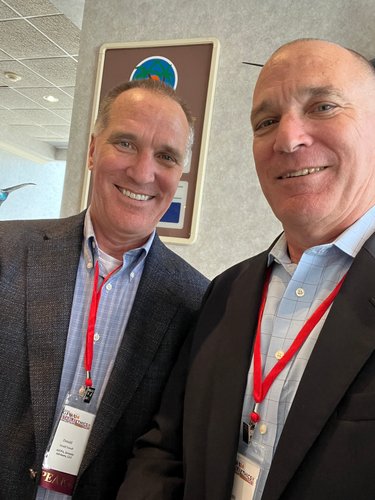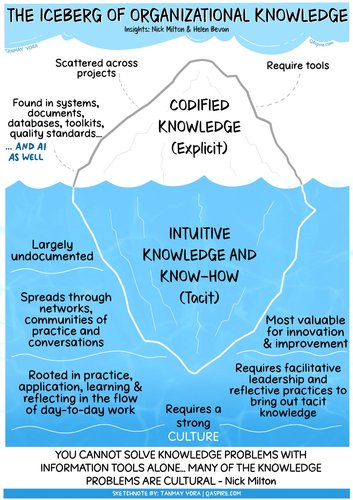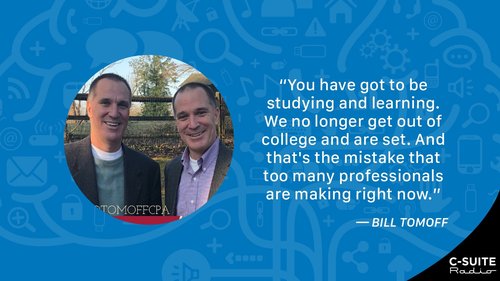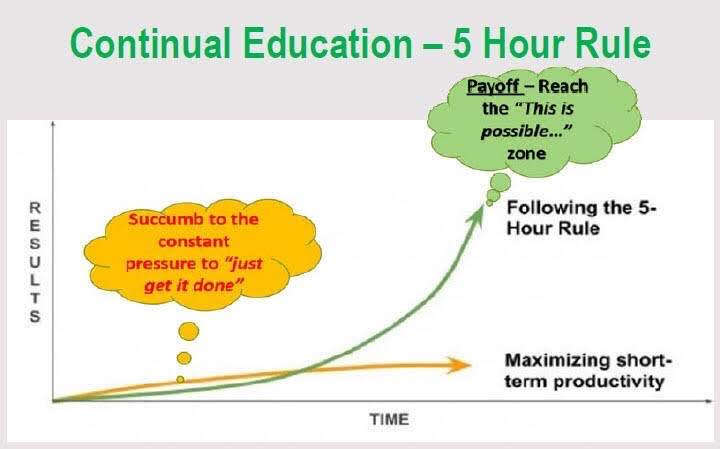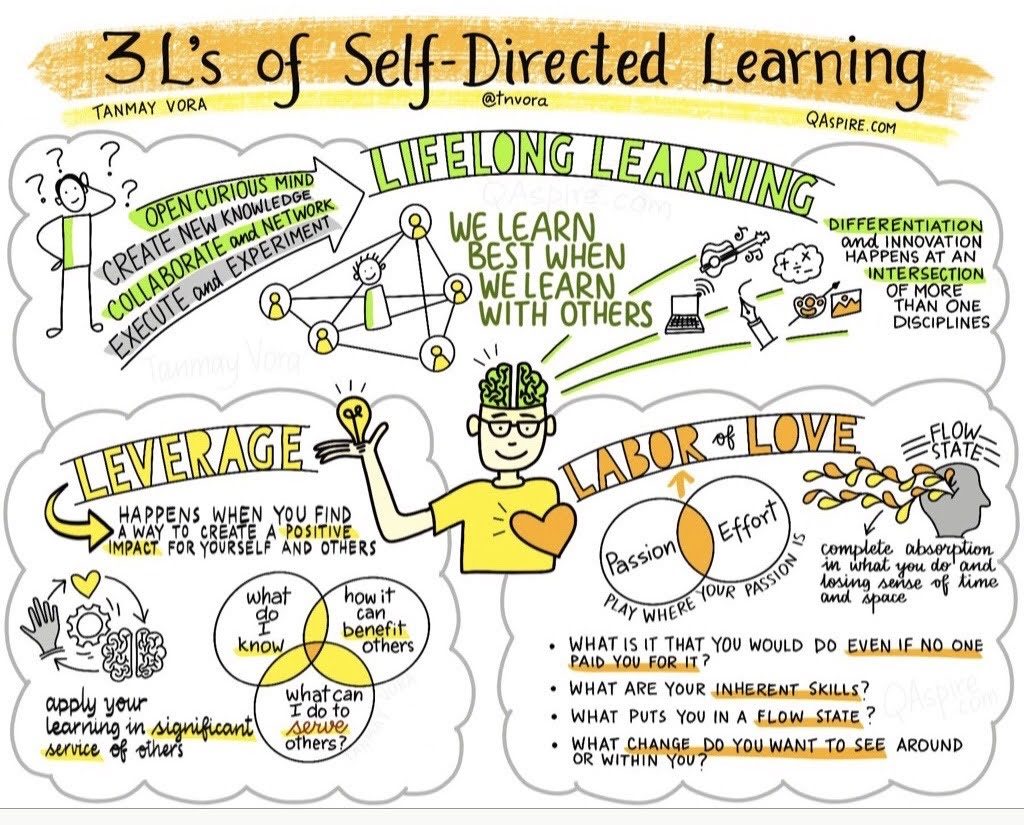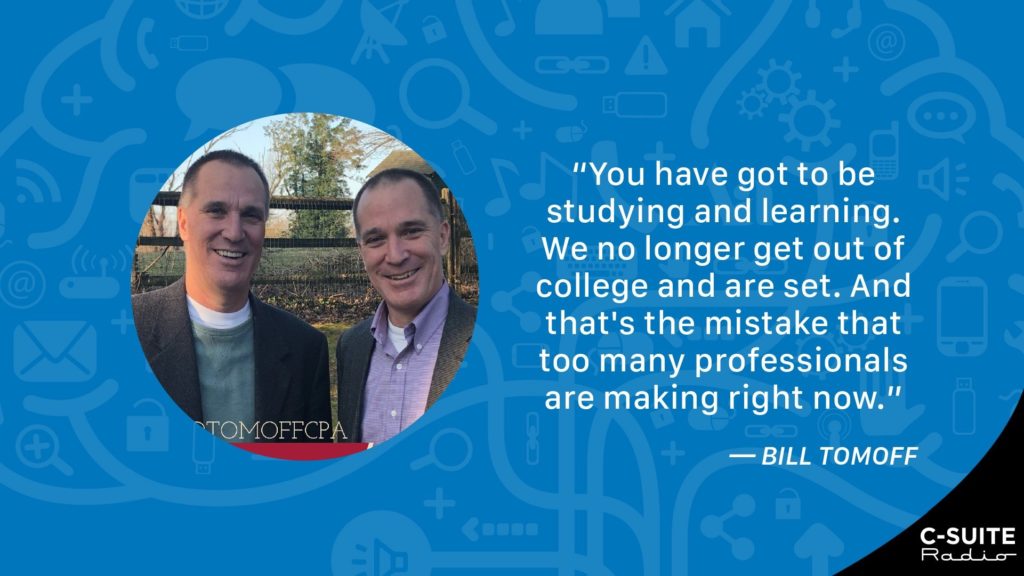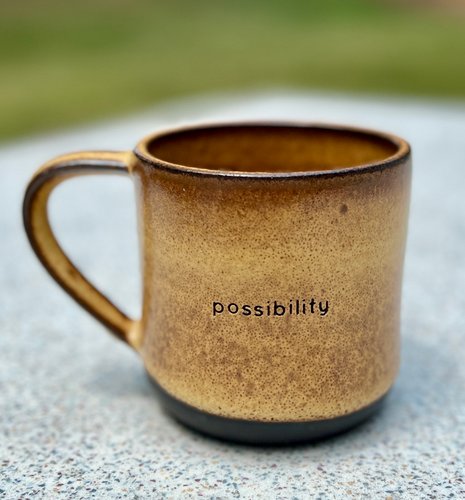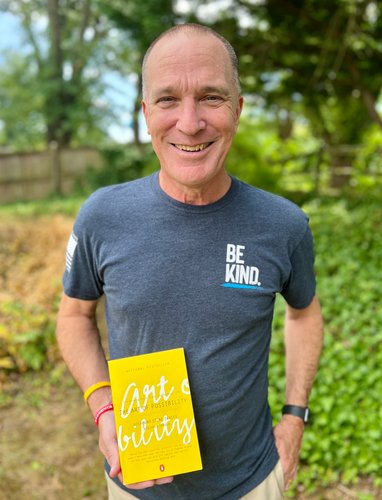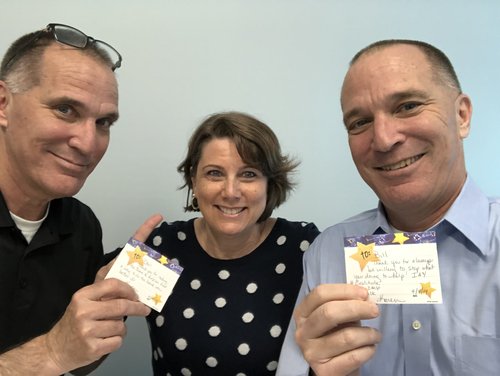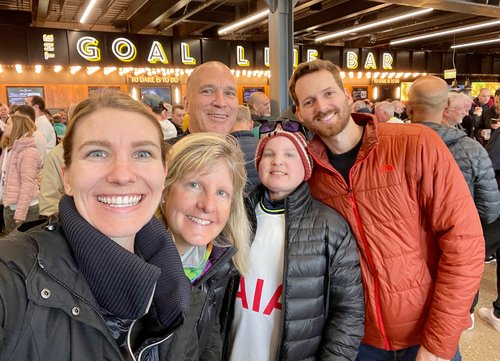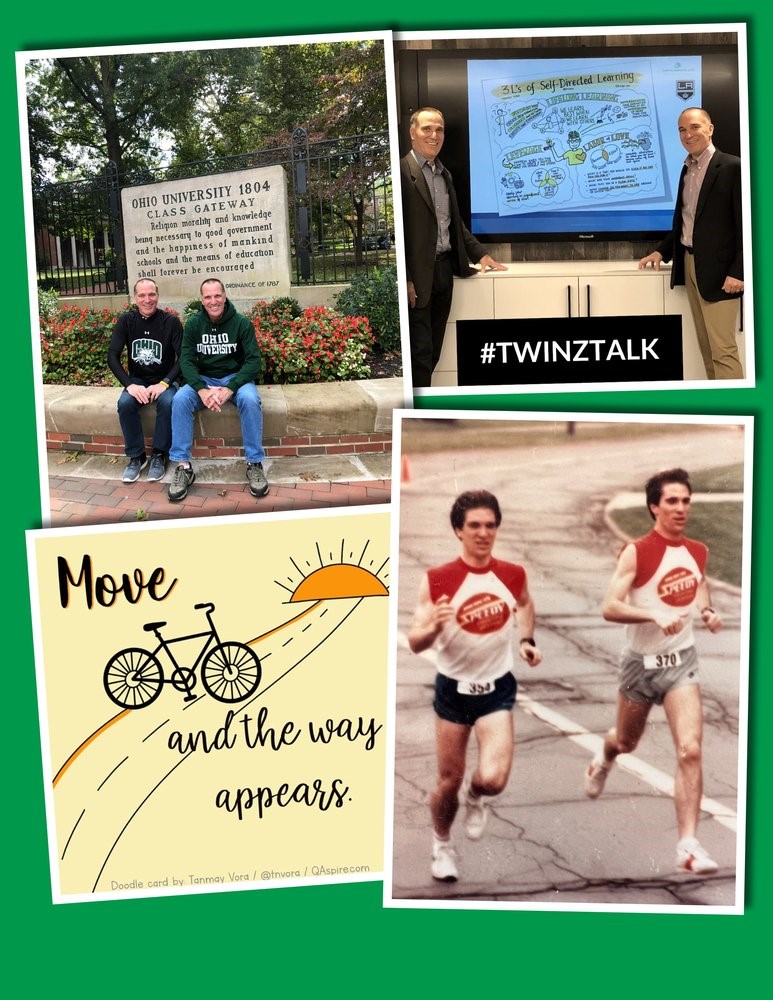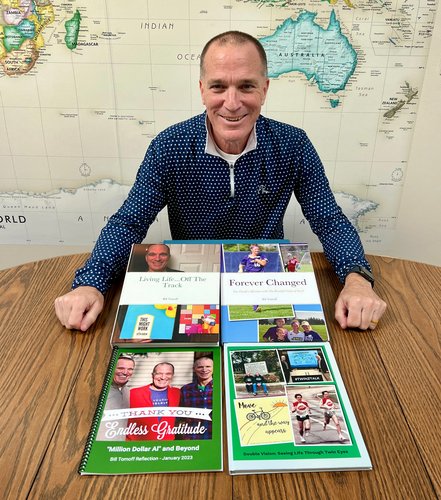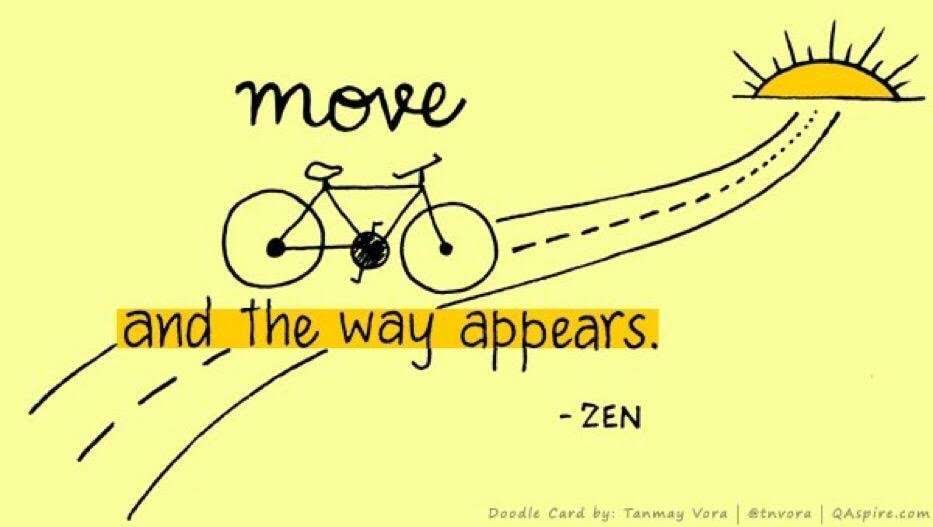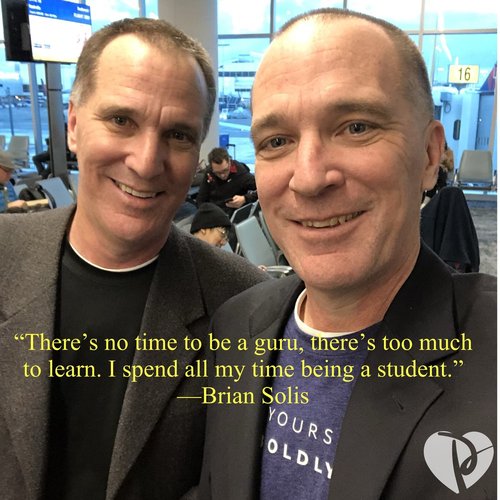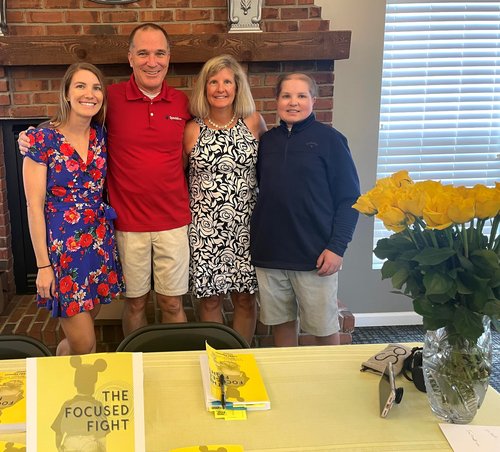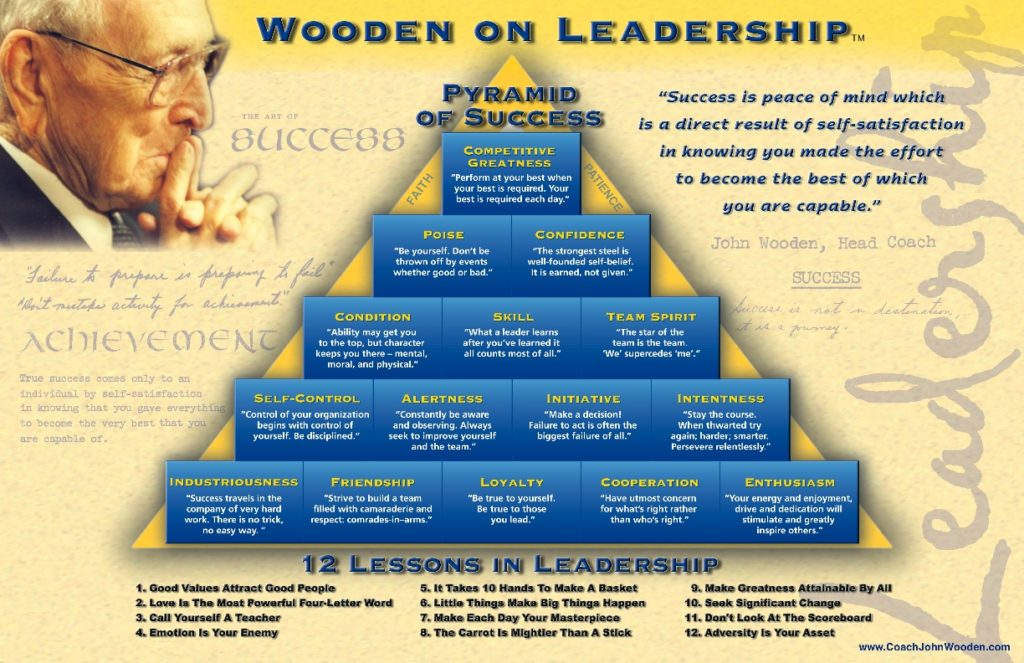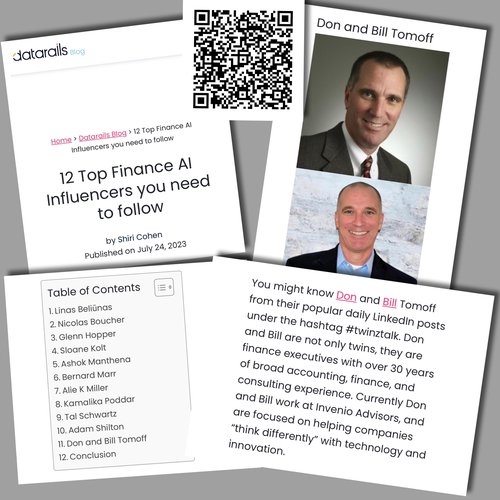This post is part 1 of 2 related to tacit knowledge. Part 2 can be accessed here: An AI Conversation Exploring the Power of Tacit Knowledge.
*****
A theme that #TwinzTalk Don and I frequently touch on is the importance of giving yourself time and space to be aware of nuances in areas of importance to you. Notice something, sit with it, and ask yourself, “How might this impact my world?” Particularly in professional environments, it is too easy to be consumed with urgent matters all day, every day, and our actions become rote and automatic without giving much thought. We must be aware and catch ourselves when this is happening.
My weekend reading included a July 18, 2024, blog post by Tanmay Vora, The Iceberg of Organizational Knowledge: How to Unlock Tacit Knowledge.
Tacit knowledge.
While I am aware and believe in the build-up of [difficult to replace] knowledge based on years of experience, Tanmay’s blog post and visual sketchnote explained tacit knowledge, and this term articulated beautifully what I felt has been a strength for Don and me throughout our careers. We all have tacit knowledge, yet the key is understanding and appreciating where we gain strength to help our lives and others. Don’t take for granted the gift of experience, as it contributes to tacit knowledge that is unique to you.
Before diving into Tanmay’s blog post, I asked ChatGPT to provide a 50-word description of tacit knowledge:
“Tacit knowledge is personal, experience-based knowledge that’s hard to formalize and communicate. It includes intuitive skills, insights, and know-how gained through practice and social interactions, often unique to individuals and crucial for innovation and problem-solving.”
Below, I will share highlights from Tanmay’s blog and then present my further thoughts about tacit knowledge in personal development—beyond the resume (which is explicit knowledge).
Building from an original post from Nick Milton and an insightful share from Helen Bevan, Tanmay created his blog post and included a thought-provoking sketchnote.
Nick Milton’s post “Why you can’t solve knowledge problems with information tools alone” noted:
“Firstly much of the knowledge of the organisation is never codified as information. People know more than they can tell, and tell more than they can write. Maybe as much as 80% of the knowledge in an organisation is undocumented, and can only be accessed through networks, communities of practice, and conversational processes such as Peer Assist and Knowledge Exchange. Information tools leave this knowledge untouched.”
“Finally, many of the knowledge problems are cultural. People are incentivised to rush on to the next job rather than to spend time reflecting on lessons, no matter how important. They may not want to share knowledge, as they feel this knowledge is better kept to themselves in order to build their in-house status and value. People suffer from “not invented here” syndrome which leads them to prefer to reinvent than to reuse. There is no point in organising your project information if people do not want to seek for knowledge, and would not use it if they found it. I often use the analogy of teaching your child to read. The first thing you do is instil a love of books, so the child is eager for stories. Afterwards you can organise the book collection, but that comes later. Firstly we need the hunger for stories. Similarly we need to instil a hunger for knowledge as one of the first steps in KM, before organisation can be helpful.”
Up to 80% of organisational knowledge is tacit and undocumented. This observation was the highlight of Helen’s share on LinkedIn and led to Tanmay’s blog post. When I read his post, I could not stop contemplating the concept (and compelling value) of tacit knowledge! Tanmay notes:
“The hidden treasure of organizational knowledge is tacit knowledge that is deeply rooted in people, their experiences, skills, insights and judgements. Tacit knowledge doesn’t come to the fore easily because it resides in the minds of people. How to react to a specific situation? How to connect seemingly discrete dots? That’s all tacit and invaluable at the same time. Unlocking tacit knowledge is how organizations break past their internal barriers to improve and innovate.”
The sharing of tacit knowledge requires a strong culture. If an organization has high turnover or coworkers who don’t work well together, tacit knowledge will reside within individual workers (protecting their “value” by not generously sharing with their coworkers) or leave the organization through employee attrition. Let this thought sink in. In some organizations, how often does senior management take the perspective that workers are replaceable, not understanding the tacit knowledge that is being lost?
Tacit knowledge in personal development is the noodle I wrestled with all weekend and early this week. In collaboration with ChatGPT, I gained insight that deepened my curiosity. Please understand I was seeking “directionally accurate” information that could keep me thinking down the path of tacit knowledge present in my and Don’s lives when we were unaware of the concept of tacit knowledge. We simply thought, “We have built a disproportionate advantage thanks to our experiences, curiosity, and willingness to be technology early adopters.“
A second blessing in my career was having the privilege of years-long relationships with co-workers that greatly enhanced our professional value to each other and the enhanced performance we could bring to benefit the organization. Now I realize we were leaning into tacit knowledge!
Tacit knowledge represents a vast and valuable resource within organizations and individuals. It is the uncodified wisdom gained through experience, intuition, and practice that often drives innovation and problem-solving. Recognizing the importance of tacit knowledge is the first step in harnessing its power.
In my next post, I will explore cultivating and enhancing our tacit knowledge through intentional personal development practices. Please follow my curiosity in a dialogue with ChatGPT as I seek clarity on how our dedication to personal development can help us develop greater tacit knowledge and increase our value to the world. Let’s turn tacit knowledge into a powerful personal and professional growth tool.
